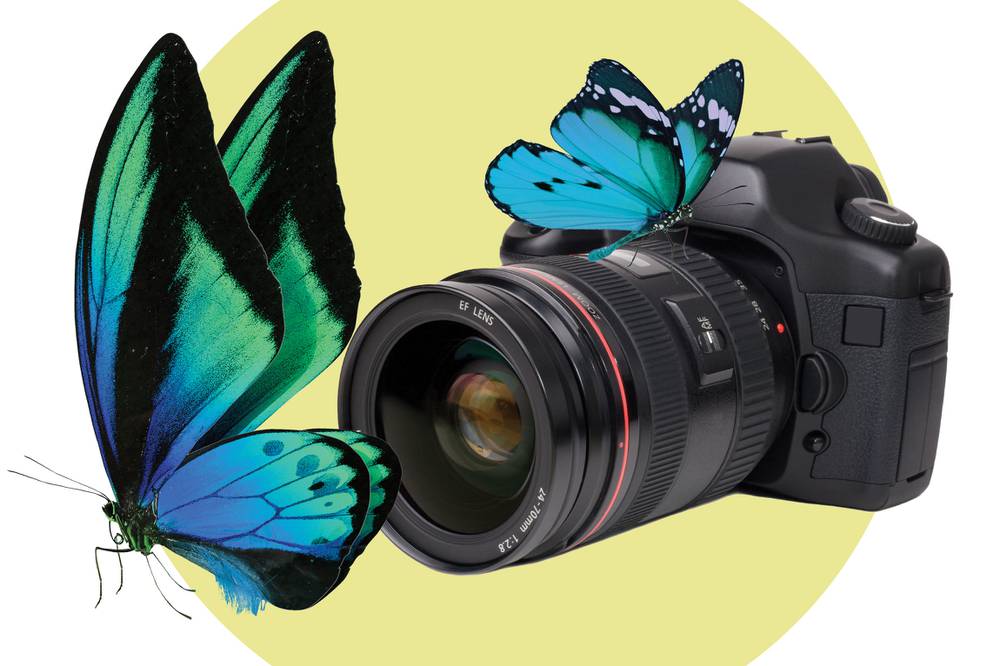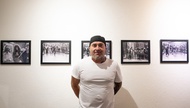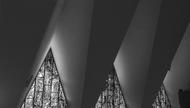With iPhones and Androids in virtually everyone’s pocket, almost anyone can take a decent photo these days. But actually learning the art of photography is something you can’t do on a phone, no matter how good its camera is. If you’ve always wanted to get into photography as a hobby, we’ve covered the basics for you here.
The Basics
Understanding shutter speed, aperture and ISO are keys to taking good photos. Once you master them, you’ll be well on your way to understanding how your camera works.
Shutter speed. Your camera’s shutter speed adjusts how crisp or blurry an image will be. A quicker, shorter shutter speed will freeze the action you’re shooting, capturing fine details that might not even be noticeable to the eye (like water droplets in the rain), whereas a slower, longer speed will create a motion-blur effect when shooting movement.
A quicker, shorter shutter speed will also produce a darker image, while a longer, slower shutter speed will produce a lighter image because the sensor is exposed to light longer.
To shoot in natural light or daylight, the shutter speed should be quicker/shorter as to not overexpose the photo. Shooting indoors or in dim light, on the other hand, requires a longer/slower shutter speed to bring in more light to the camera’s sensor.
Each camera displays its shutter settings differently, but the shutter speed is typically found on the camera’s LCD panel or in the viewfinder. Note that this is where reading the display can get confusing: A long shutter speed of one second or longer will often be displayed with quotation marks after the number (1” would indicate a shutter speed of 1 second). A faster shutter speed, like 1/250 second, might be written as 1/250, or as 250 without the quotation marks.
Aperture. The easiest way to understand the way a camera works is by thinking of it as a human eye. Similar to the way your pupils dilate and constrict, allowing more or less light in, the aperture in a camera opens and closes, admitting light at varying strengths. The smaller the aperture, the less light enters the lens, creating a darker image. Conversely, the larger the aperture, the more light enters the lens, producing a brighter photo. Just like a pupil that dilates in the dark, the aperture should be greater when shooting in low light.
Aperture also affects an image’s depth of field. Not only will a photo appear brighter with a larger aperture, the background will also appear blurred, creating a sharper focus on the subject closest to the lens. A smaller aperture renders less blur in the background, which is great for taking photos of outdoor scenery and architectural landscapes.
ISO settings. An acronym for the International Organization for Standardization, the ISO setting doesn’t actually have anything to do with that group. Essentially, ISO changes the brightness of an image: the higher the ISO, the brighter the image; the lower the ISO, the darker, the image.
There’s a catch, though. While a higher ISO might yield a brighter photo, it also can increase an image’s graininess. A skilled photographer must master all three settings—the shutter speed, aperture and ISO—as all of these must work in balance with one another to achieve the best image.
When adjusting for brightness, it’s better to adjust the aperture and shutter speed before jumping straight to ISO. First, adjust the shutter speed to a longer setting and check for blur. If the image begins to blur but you still need to brighten the image, then adjust the ISO.
The Gear
Instant cameras. Polaroid and Fujifilm still make and sell these longtime party favorites, capable of producing developed prints within minutes of shooting. They’re not as versatile as other cameras, though some of the newer models boast enhanced functionality—long exposures, “light painting” and so on—by way of a bluetooth connection with a phone app.
Single-Lens Reflex (SLR). The same way some music enthusiasts swear by turntables, many committed photographers prefer the analog look and feel that film cameras provide. There are a number of vintage and used film cameras out there—check eBay and your local camera store—but you can always purchase a new 35mm or medium-format film camera, too, if that’s more your style.
Digital Single-Lens Reflex (DSLR). The DSLR is one of the most common and popular types of camera today, available in models that approximate classic SLRs and newer models that omit the reflex mirror. It offers several benefits for the entry-level or casual photographer, among them multipoint focusing, strong low-light capabilities and long battery life.
Lenses. One huge benefit to SLR and DSLR cameras is the ability to swap out different camera lenses for different kinds of images. Lenses can be costly; if you’d like to experiment with a few, try renting them first. B&C Camera (bandccamera.com) offers a rental program.
Your Friend, Post-Processing Adobe’s Photoshop and Lightroom photo editing software are widely used by professionals and hobbyists alike. The software’s facility for not just correcting photos but completely transforming them is still largely without peer. In past years, you had to buy the software outright; today, Adobe offers a monthly subscription plan for as low as $10 a month, which should encourage you to experiment. (YouTube is packed with free Photoshop tutorials.) Bonus: A basic Adobe Creative Cloud subscription not only grants use of the desktop apps but the mobile apps, too. You can make your phone photos look SLR-good.
Now What?
It’s time to practice. A photographer is always perfecting his or her craft, and the best way to practice is by always carrying your camera with you. Shoot what you know, starting with friends and family—they make great models and won’t judge you if the photos don’t come out perfectly. Try playing with different light settings (indoors versus outdoors), and get acquainted with how aperture, shutter speed and ISO all work in tandem. As you get acclimated, you might want to purchase different lenses or a flash to achieve a different style. Whatever you do, remember that beauty is in the eye of the beholder—and when you’re a photographer, that beholder is you.








